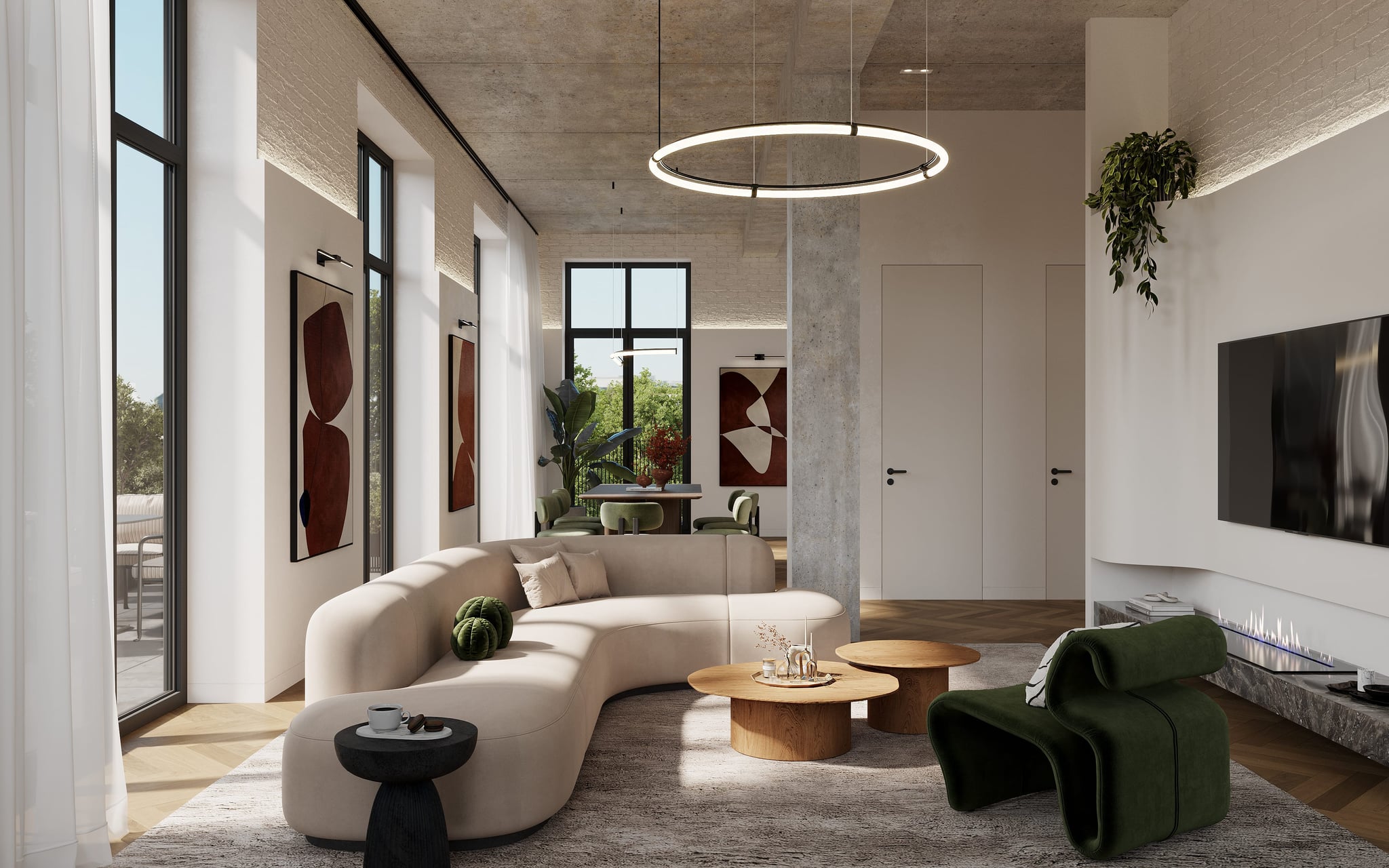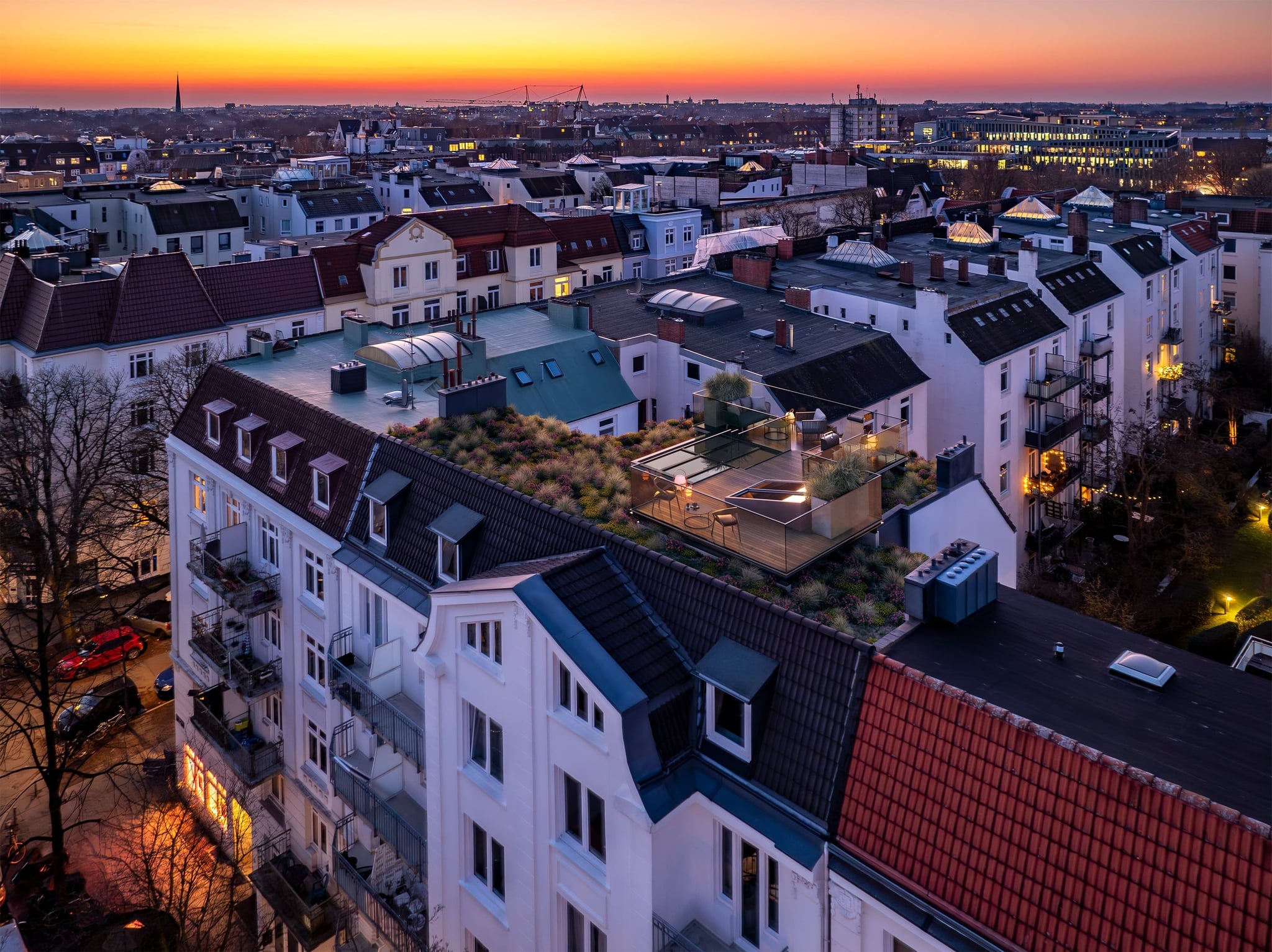3D Real Estate Visualization for Social Media
In today’s digital age, social media has become an essential platform for promoting real estate projects. Whether it’s showcasing a luxury residential development or an innovative commercial space, capturing the attention of potential buyers and investors requires content that truly stands out. One of the most effective ways to achieve this is by using 3D visualizations. In this blog post, we’ll explore how 3D visualizations can significantly boost engagement on social media and make real estate marketing campaigns more impactful.
The Visual Power of 3D Content
In a world where users are bombarded with endless streams of content, visually compelling posts are key to grabbing attention. 3D visualizations offer a level of depth and realism that static 2D images or architectural blueprints simply can’t match. They allow audiences to fully visualize a property’s potential—from its layout to the interior design and lighting.
Imagine scrolling through Instagram and coming across a stunning 3D rendering of a future apartment, complete with virtual furniture, soft ambient lighting, and a view of the city skyline. Such visuals can spark interest instantly, prompting viewers to learn more or even share the post. By providing a more immersive experience, 3D visualizations help increase likes, shares, and comments, leading to greater reach and audience interaction.
If you're curious about more ways 3D visualization can enhance your real estate project, visit our 3D visualization services page.
Formats That Drive Engagement
3D visualizations aren’t limited to just one form—they can be used in a variety of formats that perform exceptionally well on social media platforms:
- Static 3D Renders: High-quality renders are perfect for posts on Instagram and LinkedIn. They showcase the property in its best light, highlighting both architectural details and interior features. Check out some of our recent work on our projects page to see examples of how impactful static renders can be.
- 360-Degree Panoramas: Giving viewers the ability to look around a room as if they were standing in it creates a sense of presence. These panoramas can be shared on Facebook and Instagram Stories to give followers a more interactive experience.
- Video Walkthroughs: Animated walkthroughs and virtual tours are highly engaging formats for Facebook, YouTube, and even TikTok. A cinematic fly-through can capture the entire atmosphere of a property, making potential buyers feel like they are exploring the space in real time.
Each of these formats can be optimized for different social media channels, ensuring that real estate developers reach their target audiences in the most effective way.
Emotional Connection Through Storytelling
One of the most powerful aspects of using 3D visualizations is their ability to evoke emotion and create a narrative around a property. Instead of simply presenting square footage and features, developers can tell a story about what it’s like to live in or use the space. Is it a cozy, family-friendly home filled with warmth? Or perhaps it’s a sleek, modern penthouse suited for a young professional?
Social media is inherently a storytelling platform, and 3D visualizations give developers the tools they need to tell compelling visual stories. A well-crafted 3D render can transport viewers into the property, helping them imagine a future lifestyle—an emotional hook that can turn casual browsers into interested leads. To see how we use storytelling in our 3D visualizations, visit our blog on storytelling in architecture visualization.
Increasing Engagement and Driving Results
To maximize engagement, it’s essential to tailor 3D visualizations to the needs and interests of your target audience. For example, posts featuring virtual staging can give potential buyers a sense of how different interior design styles could transform a space. Developers can also use before-and-after comparisons to illustrate renovation potential, helping followers see the value in properties that might need some work.
Including interactive elements—such as polls, Q&A sessions, or swipeable carousel posts—alongside 3D content is another effective way to boost engagement. For example, a post could invite followers to choose their favorite room design from a selection of 3D renders, fostering a sense of involvement in the creative process.
Cross-Platform Consistency and Versatility
The beauty of 3D visualizations is their versatility. Content that works well on Instagram can be easily repurposed for LinkedIn or Facebook, creating consistency across platforms. For LinkedIn, a professional setting, a detailed 3D walkthrough accompanied by statistics on property value and projected ROI can engage investors. Meanwhile, on Instagram, a stunning, photorealistic render with an emotional caption can catch the eye of prospective homeowners.
The adaptability of 3D visualizations also means that they can be tailored to different audiences across social media platforms, ensuring maximum impact for each demographic segment. Learn more about the versatility of our 3D visualizations on our services page.
Conclusion: Leveraging 3D Visualization to Stand Out
In the highly competitive world of real estate marketing, utilizing 3D visualizations for social media is a game-changer. They not only help capture attention with striking visuals but also foster an emotional connection with potential buyers through immersive storytelling. By integrating 3D visual content into social media strategies, developers can elevate their marketing efforts, engage audiences more deeply, and ultimately drive more inquiries and sales.
If you’re interested in leveraging the power of 3D visualizations for your real estate project’s social media presence, check out our services page or get in touch with us to see how we can help bring your vision to life.

